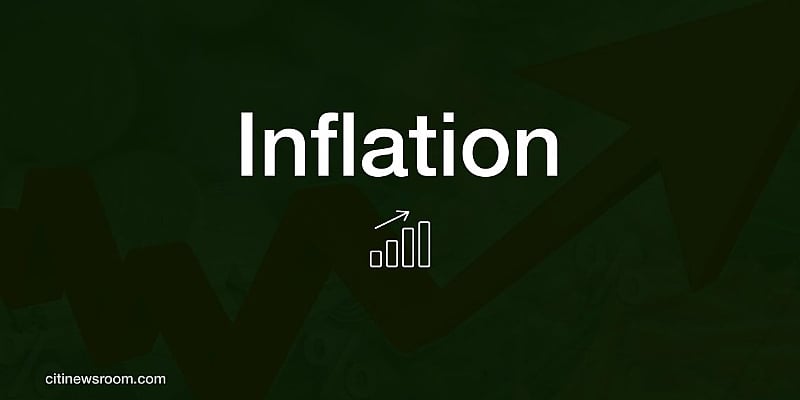In September 2024, inflation has risen to 21.5 percent, up from the previous month’s rate of 20.4 percent. This increase is primarily attributed to a considerable rise in food inflation, which surged to 22.1 percent from 19.1 percent in August 2024. Despite the overall increase in inflation, non-food inflation saw a slight decline, falling to 20.9 percent from 21.5 percent the prior month. The government has set an ambitious goal to reduce the inflation rate to 15 percent by the end of the year. This recent uptick in inflation has prompted government statistician Prof. Samuel Kobina Anim to acknowledge the potential risks that could threaten the downward trend of inflation observed over the previous five months.
The recent report highlights a notable rise in inflation rates for both locally produced and imported goods. Specifically, imported goods saw their inflation rate climb to 17.0 percent in September from 16.1 percent in August, while locally produced items experienced a more significant jump to 23.4 percent, up from 22.2 percent in the preceding month. These changes indicate broader inflationary pressures affecting the economy and suggest that price increases are being felt across various categories of goods.
Examining inflation rates by sector reveals stark variations, with certain industries registering particularly high rates. Restaurants and accommodation services experienced the highest inflation rate at 27.9 percent, indicating that the cost of dining and lodging is acutely rising. This was followed closely by the alcoholic beverages, tobacco, and narcotics sector, which recorded an inflation rate of 27.6 percent. The substantial increases in these areas may reflect changing consumer habits, supply challenges, or other economic factors that warrant attention.
Housing-related costs also showed alarming increases, with inflation in housing, water, electricity, gas, and other fuels reaching 26.4 percent. This sector’s inflation could be concerning for many households, indicating higher costs for essential utilities and services. Furthermore, education services also saw significant inflation at 23.7 percent, suggesting that costs associated with schooling and educational resources have risen sharply, potentially impacting families and students alike.
Additionally, health services reported an inflation rate of 22.3 percent, highlighting the increasing costs associated with medical care and health-related services. This could place added strain on healthcare accessibility for individuals and families, especially in a climate where overall economic conditions are challenging. The inflation for food and non-alcoholic beverages remained significant at 22.1 percent, underscoring ongoing concerns over food security and affordability amidst broader economic issues.
Overall, these inflation trends present both challenges and areas for policy focus. The government’s aim to bring inflation down to 15 percent by the year-end faces significant hurdles given the current trajectory, especially with food prices showing substantial volatility. Prof. Anim’s warning about the upside risks to inflation underscores the necessity for ongoing monitoring of economic indicators and the formulation of responsive measures. As inflation impacts various sectors differently, a strategic and targeted approach will be essential for addressing both immediate and long-term challenges in managing inflation effectively.


